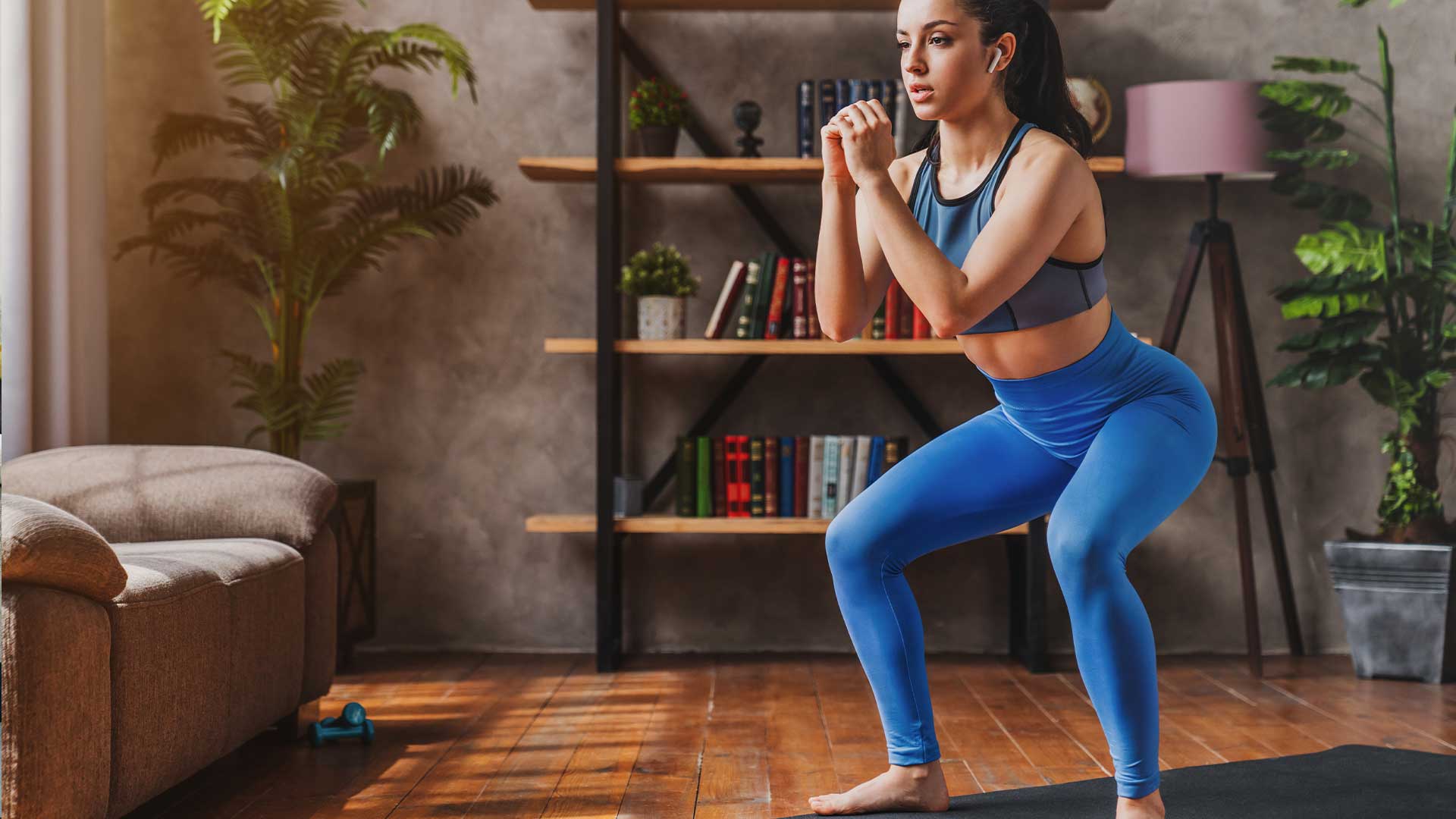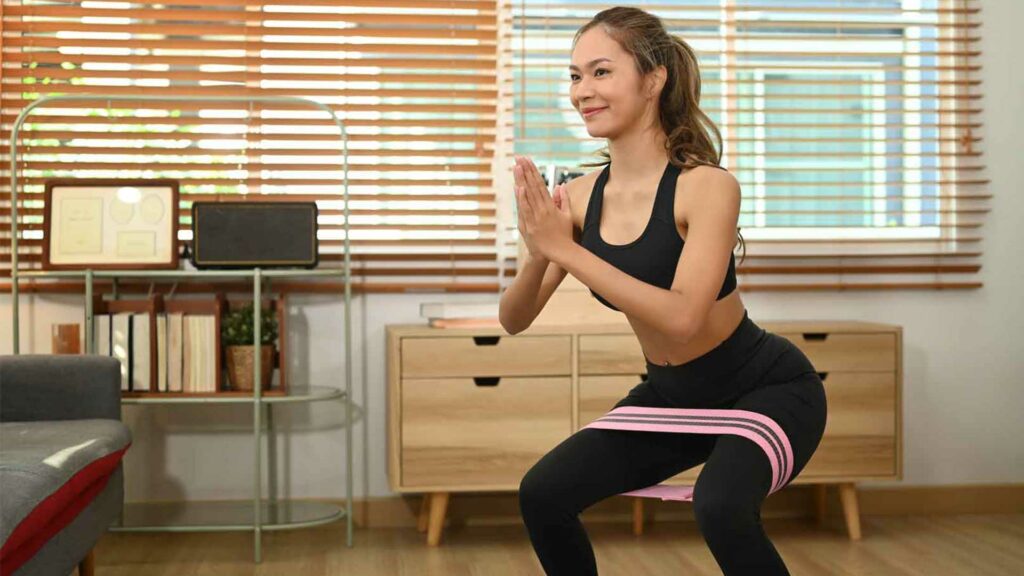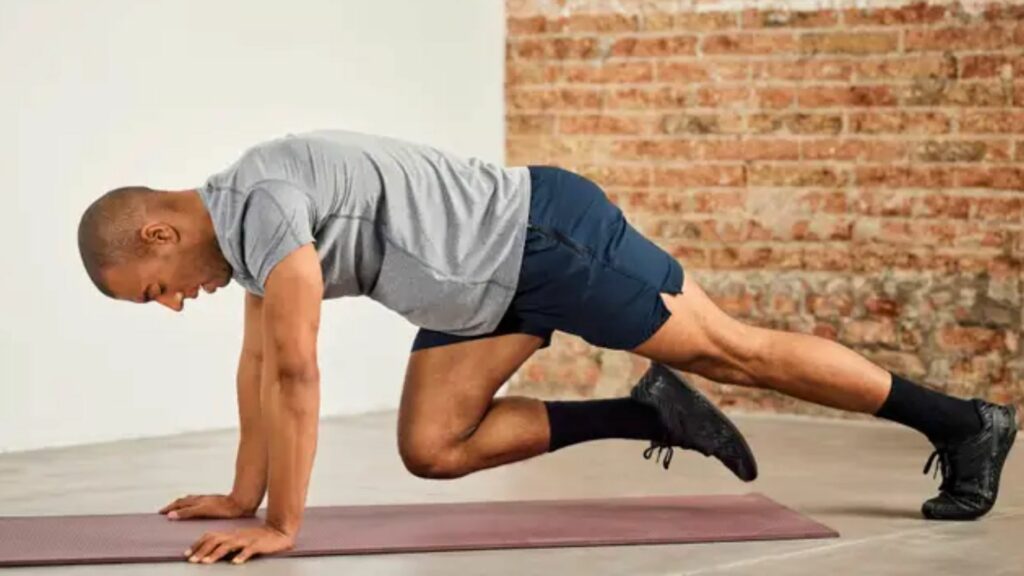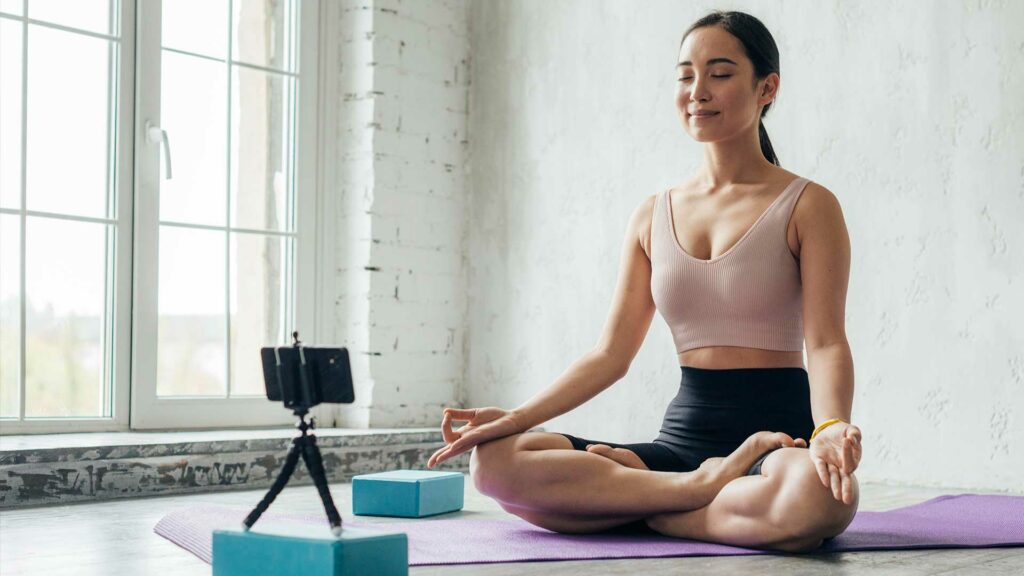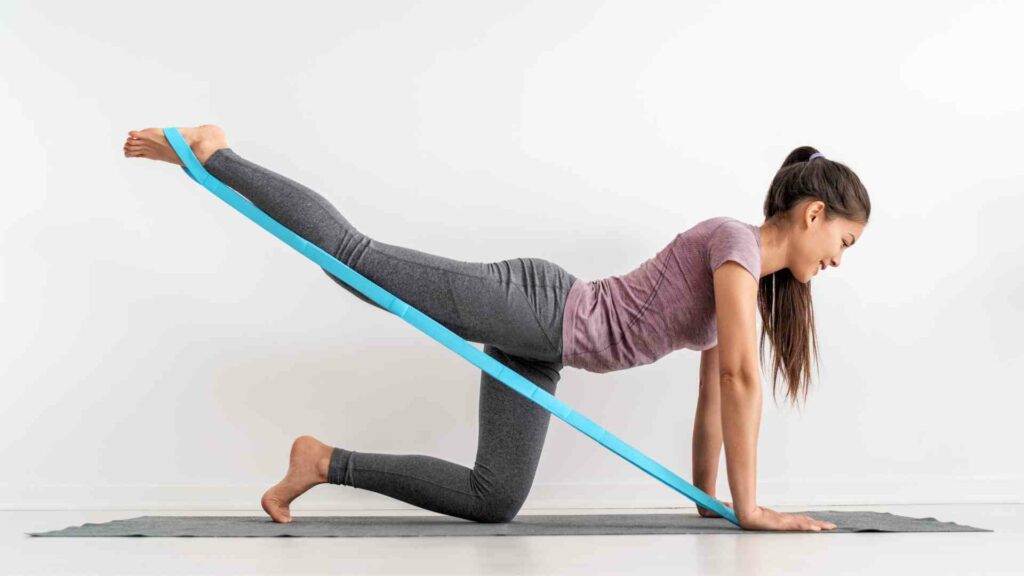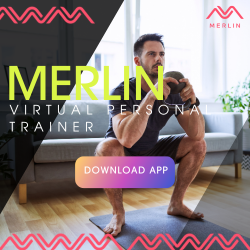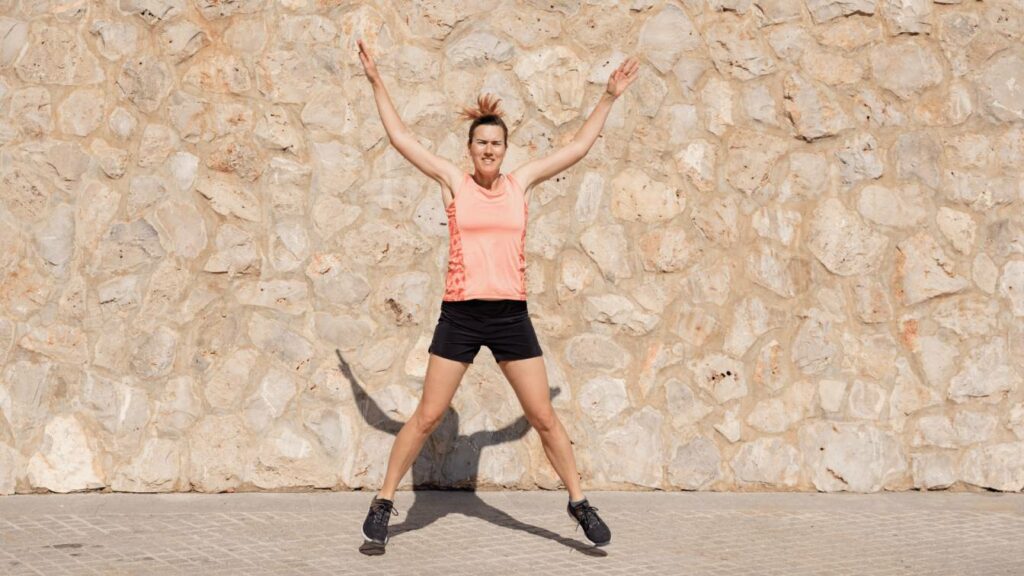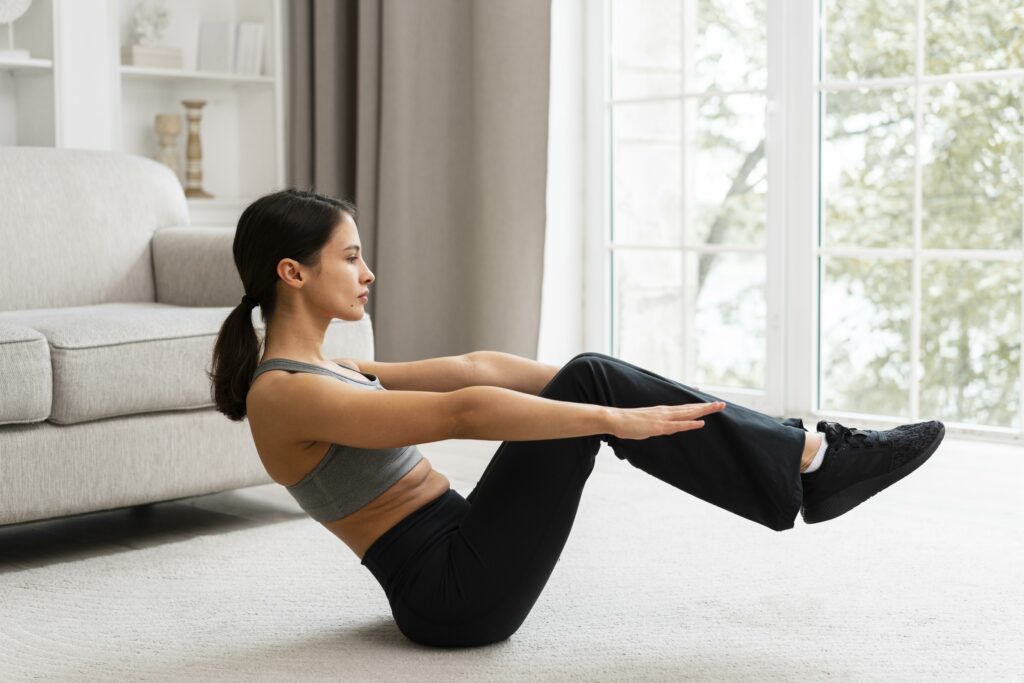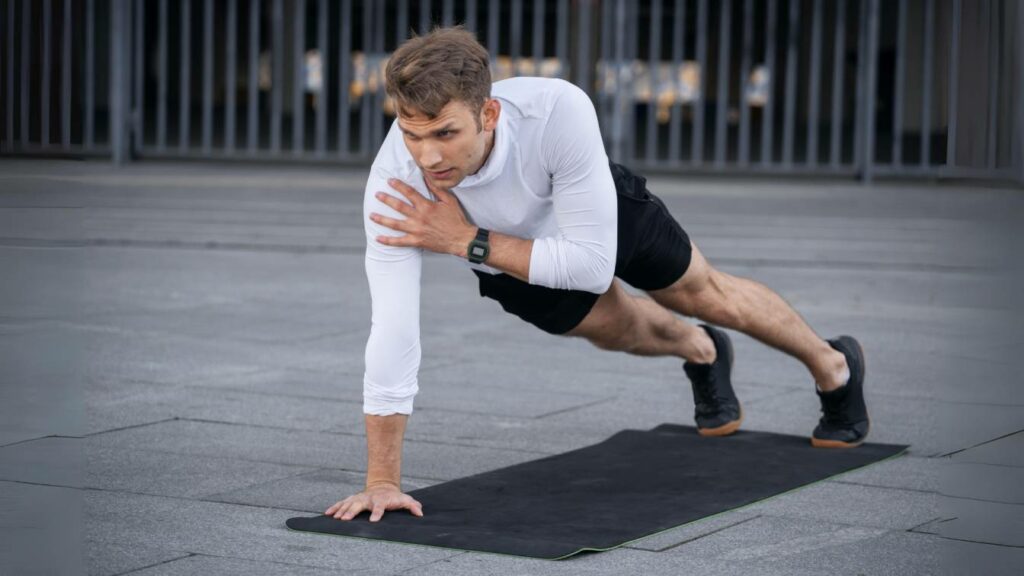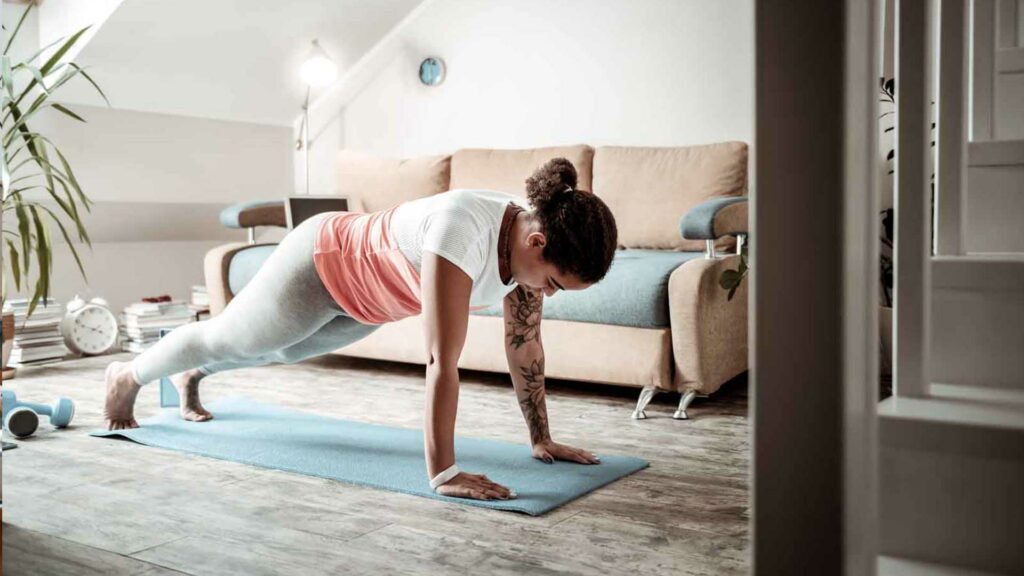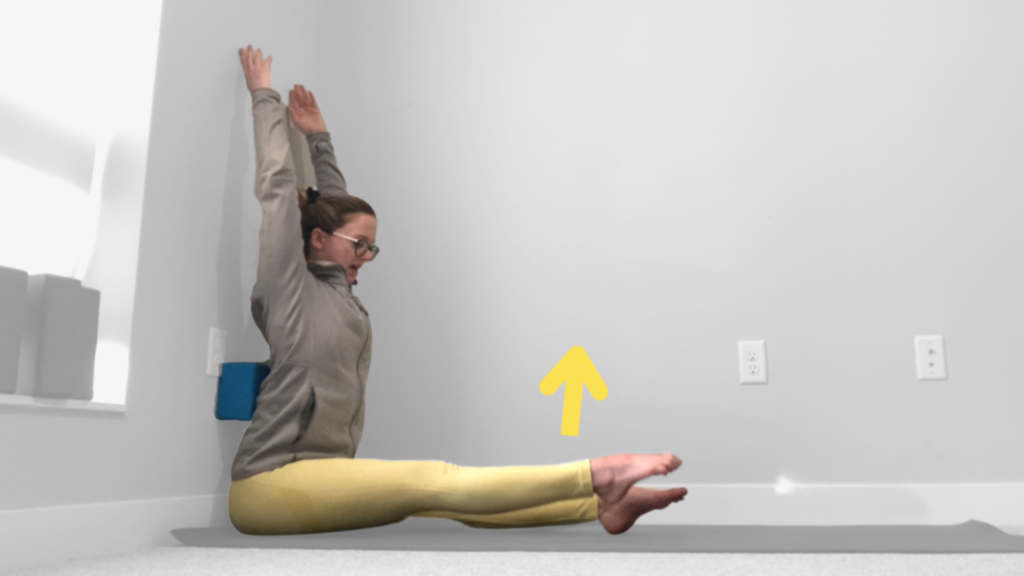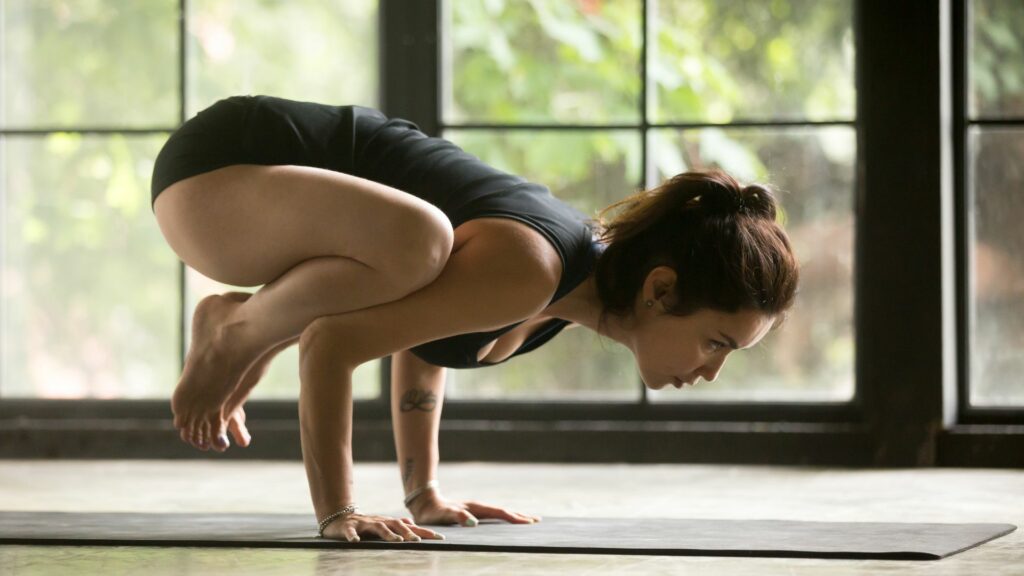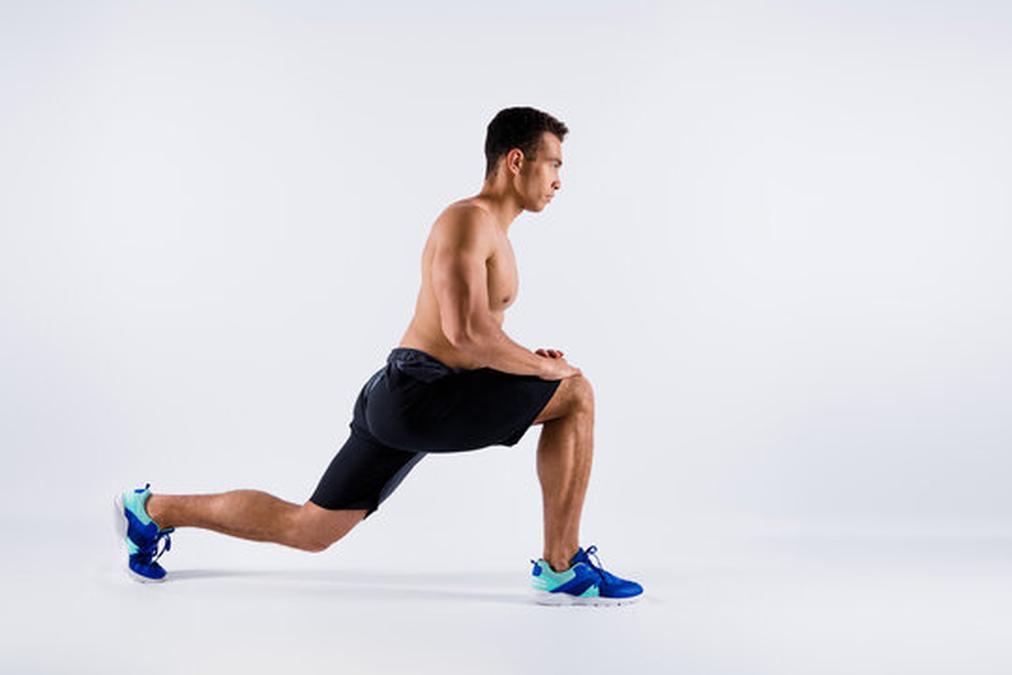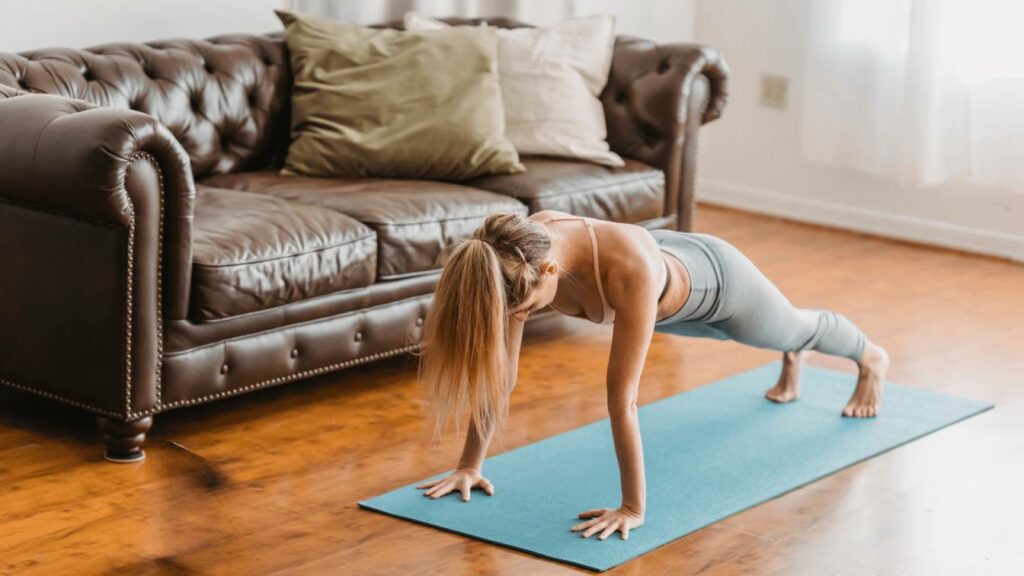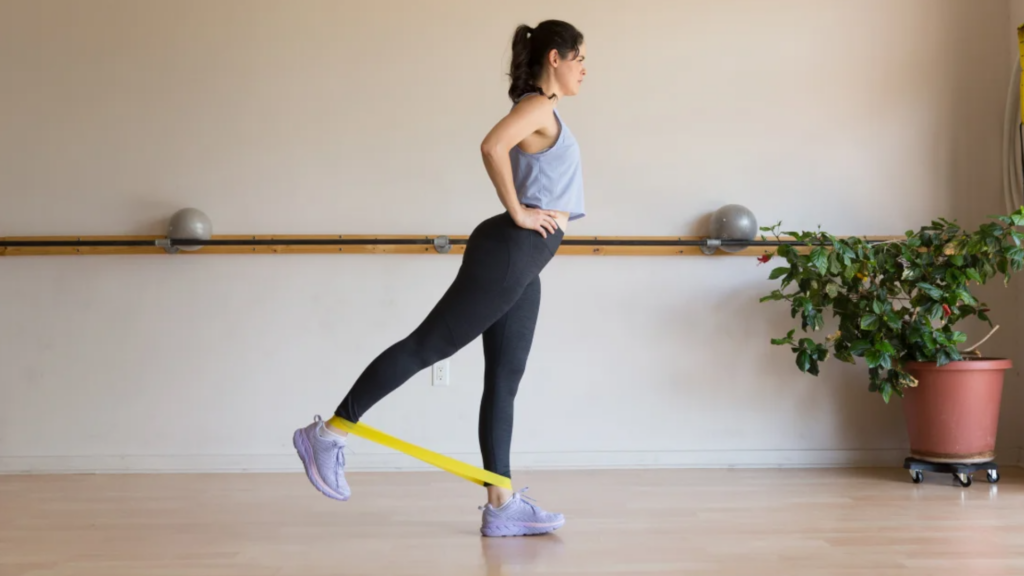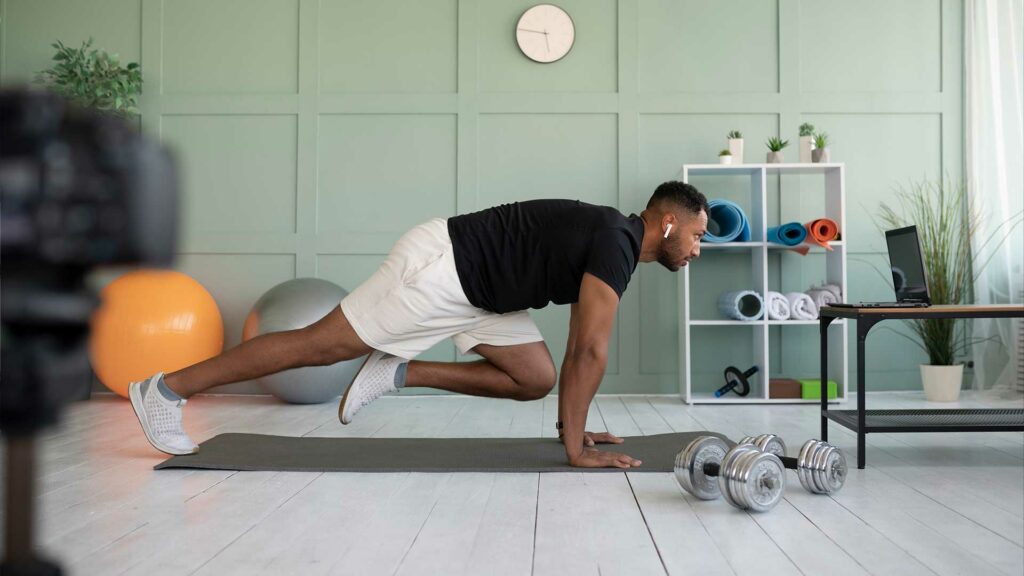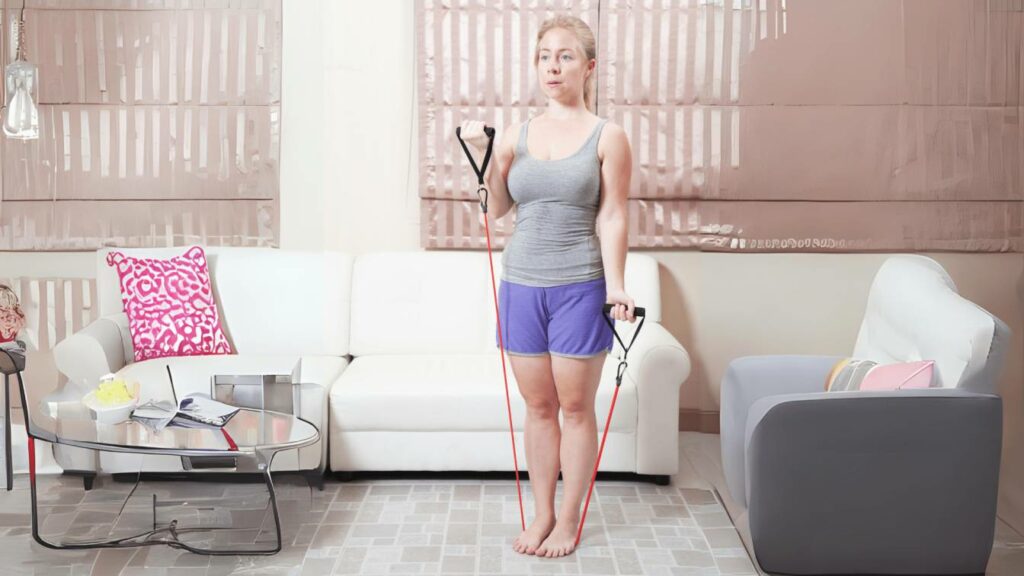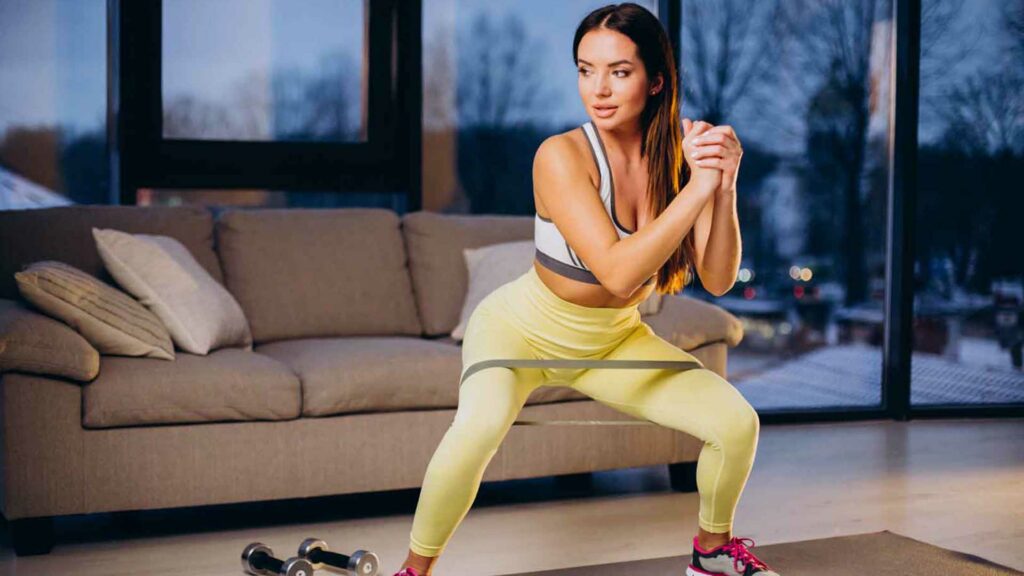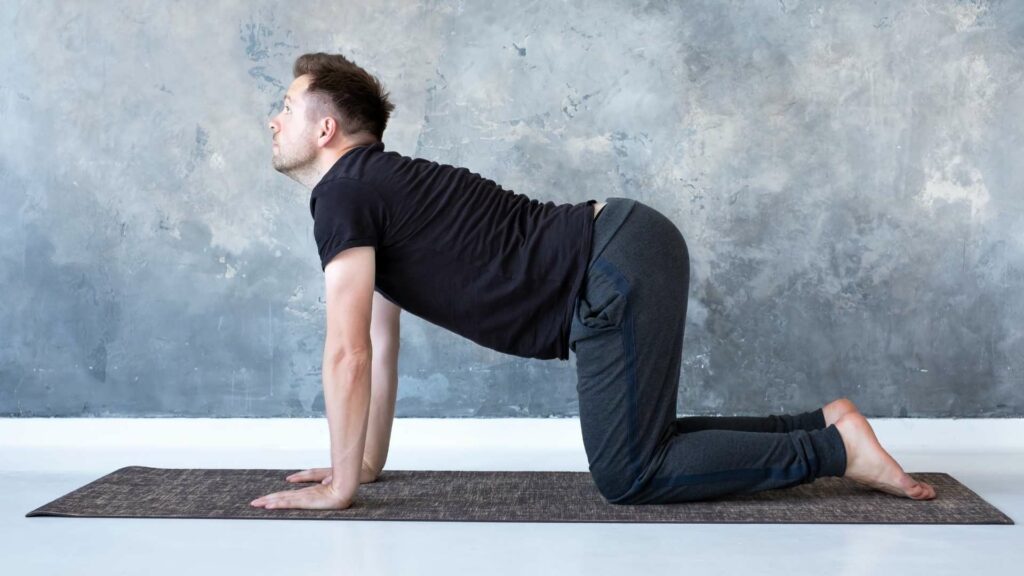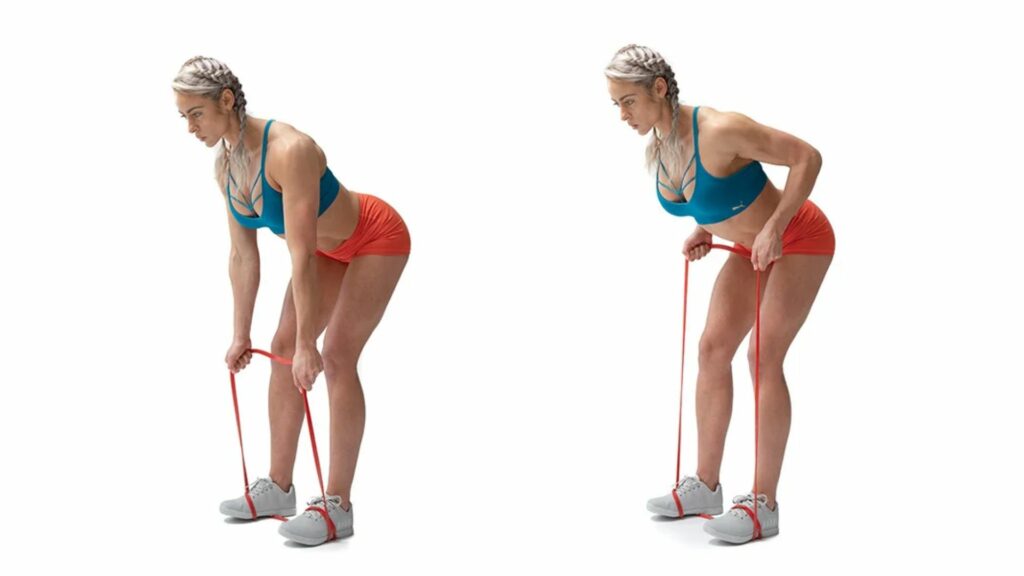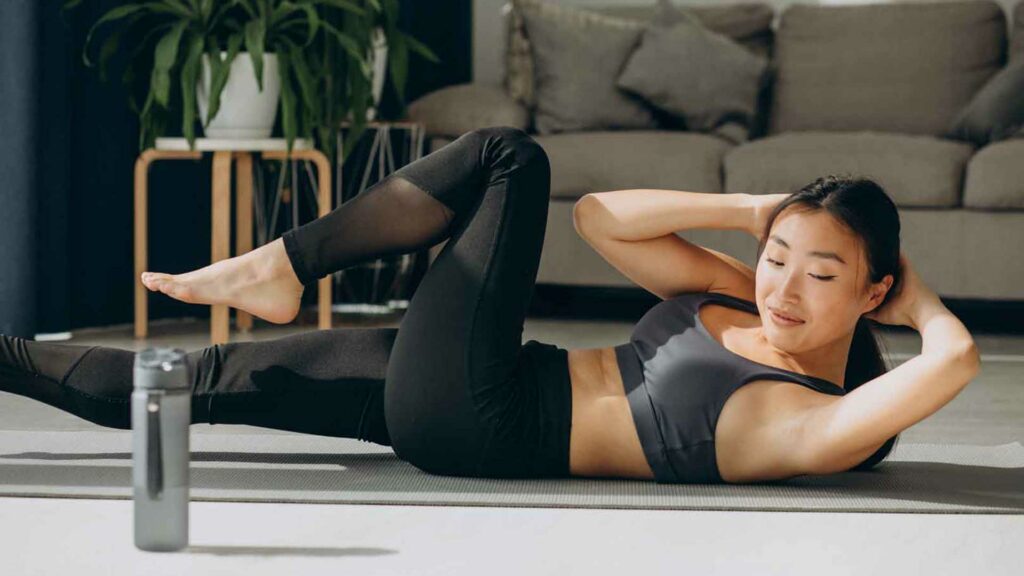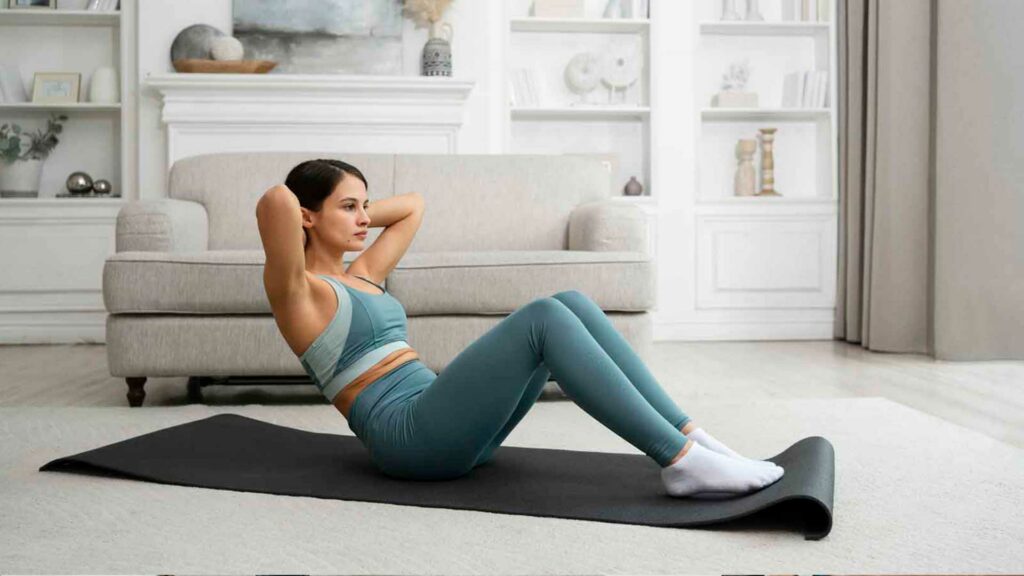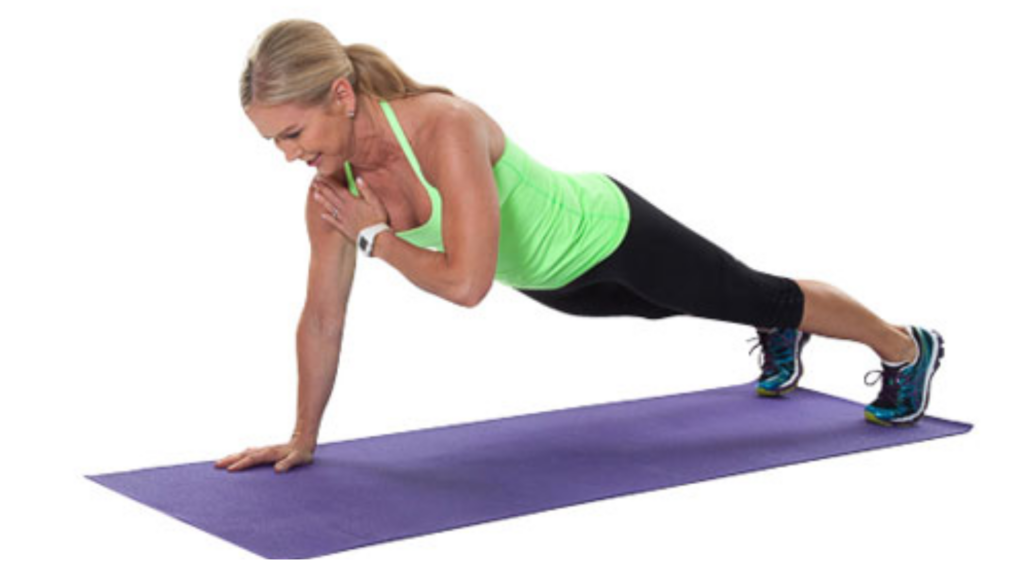Benefits of Squats
Squats are one of the most effective exercises for building strength, power, and muscle mass. In this section, we’ll take a closer look at the benefits of squats and why they should be a staple in any workout routine that aims for a strong lower body.
1. Increased Muscle Mass
Squats are a compound movement that targets multiple muscle groups at once, making them an efficient way to build muscle mass. According to Natural Force, squats activate the glutes, quads, hamstrings, calves, and lower back, resulting in the development of strong and defined leg muscles. Weighted squats are an even more powerful way to build strength.
2. Improved Strength and Power
Squats are also excellent for improving strength and power. As we lift weights during squats, our muscles adapt by becoming stronger and more powerful, which is essential for functional strength and power.
3. Increased Fat Burning
Squats are an effective exercise for burning fat. According to Nature’s Plus, squats require a lot of energy to perform, which means that they burn a lot of calories. Additionally, the muscle-building benefits of squats can help to increase our metabolic rate, resulting in more calories burned even while we’re at rest.
4. Improved Mobility and Flexibility
Squats also help to improve mobility and flexibility. As we squat, we move through a full range of motion, which helps to keep our joints mobile and healthy. According to Stronglifts, regular squatting can also help to improve our flexibility by increasing the range of motion in our hips, knees, and ankles.
Overall, squats are an incredibly effective exercise for building strength, power, muscle mass, and improving overall fitness. In the next sections, we’ll go over how to perform squats with proper form, different variations of squats, and how to incorporate them into your workout routine.
How to Perform Squats with Proper Form
Proper squat form is essential to avoid injury and get the most out of the exercise. In this section, we’ll go over the basics of how to perform squats with proper form.
Explanation of Proper Squat Form
According to Stronglifts, proper squat form consists of the following:
- Feet shoulder-width apart or slightly wider
- Toes turned out slightly
- Chest up and shoulders back
- Eyes looking straight ahead or slightly up
- Hips moving back and down
- Knees tracking over toes
- Thighs parallel to the ground (or lower, depending on your mobility)
Tips for Achieving Proper Squat Depth
Squat depth is another essential component of proper squat form. According to Nerd Fitness, proper squat depth consists of the following:
- Hips lower than knees
- Knees tracking over toes
- Lower back maintaining a natural arch
- Chest up and shoulders back
- Eyes looking straight ahead or slightly up
Individualizing Squat Form Based on Body Type
Everyone’s body is different, and what works for one person may not work for another. According to Stronglifts, there are a few things you can do to individualize your squat form based on your body type:
- If you have long femurs (thigh bones), you may need to widen your stance to maintain proper form.
- If you have short femurs, you may be able to squat with a more narrow stance.
- If you have limited ankle mobility, you may need to elevate your heels slightly to achieve proper depth.
Tips for Proper Form When Performing a Back Squat
The back squat is one of the most common variations of the squat, and it’s essential to perform it with proper form to avoid injury. According to Stronglifts, here are some tips for proper form when performing a back squat:
- Maintain a neutral lower back throughout the movement
- Use a medium grip with a tight squeeze on the bar
- Choose the appropriate bar position based on your body type and goals
Common Issues and How to Avoid Them
Even with proper form, it’s possible to run into issues when performing squats. According to Stronglifts, some common issues include:
- Knees caving in
- Not hitting proper depth
- Leaning too far forward
- Back rounding
To avoid these issues, focus on maintaining proper form, start with a weight that you can handle with proper form, and don’t be afraid to ask for help or advice from a trainer or experienced lifter.
Different Variations of Squats
Squats are a versatile exercise that can be performed in a variety of ways to target different muscle groups and achieve different goals. In this section, we’ll go over some of the most common variations of squats.
Bodyweight Squats
Bodyweight squats are an excellent place to start if you’re new to squatting or strength training in general. According to Nerd Fitness, here’s how to perform a bodyweight squat:
- Stand with your feet shoulder-width apart, toes turned out slightly.
- Place your hands behind your head or straight out in front of you for balance.
- Lower your body by pushing your hips back and bending your knees.
- Keep your chest up and your weight on your heels.
- Lower yourself until your thighs are parallel to the ground (or lower, depending on your mobility).
- Push through your heels to stand back up.
Barbell Back Squats
Barbell back squats are a more advanced variation of the squat, but they’re also one of the most effective exercises for building overall lower body strength. According to Nerd Fitness, here’s how to perform a barbell back squat:
- Set up a barbell in a squat rack at about chest height.
- Step under the bar and position it across your upper back, taking care to avoid placing it on your neck.
- Grasp the bar with your hands wider than shoulder-width apart and your elbows pointing down and back.
- Step back from the rack and position your feet shoulder-width apart or slightly wider.
- Lower your body by pushing your hips back and bending your knees.
- Keep your chest up and your weight on your heels.
- Lower yourself until your thighs are parallel to the ground (or lower, depending on your mobility).
- Push through your heels to stand back up, keeping your back straight throughout the movement.
Front Squats
Front squats are a variation of the squat that place more emphasis on the quadriceps (the muscles on the front of the thigh). According to Nerd Fitness, here’s how to perform a front squat:
- Set up a barbell in a squat rack at about shoulder height.
- Step under the bar and position it across the front of your shoulders, taking care to avoid placing it on your neck.
- Grasp the bar with your hands shoulder-width apart and your elbows pointing forward.
- Step back from the rack and position your feet shoulder-width apart or slightly wider.
- Lower your body by pushing your hips back and bending your knees.
- Keep your chest up and your weight on your heels.
- Lower yourself until your thighs are parallel to the ground (or lower, depending on your mobility).
- Push through your heels to stand back up, keeping your back straight throughout the movement.
Sumo Squats
Sumo squats are a variation of the squat that place more emphasis on the inner thigh muscles. According to Exercise.com, here’s how to perform a sumo squat:
- Stand with your feet wider than shoulder-width apart, toes turned out.
- Hold a weight (such as a kettlebell or dumbbell) with both hands in front of your body.
- Lower your body by pushing your hips back and bending your knees.
- Keep your chest up and your weight on your heels.
- Lower yourself until your thighs are parallel to the ground (or lower, depending on your mobility).
- Push through your heels to stand back up.
Benefits of Squats
Squats are one of the most effective exercises you can do for building lower body strength, but they offer many other benefits as well. In this section, we’ll go over some of the key benefits of squats.
1. Build Lower Body Strength
One of the most obvious benefits of squats is that they’re an excellent exercise for building lower body strength. According to the Ultimate Guide to Squat Technique from Exercise.com, squats work the following muscles:
- Quadriceps
- Hamstrings
- Glutes
- Calves
- Core
2. Improve Athletic Performance
In addition to building strength, squats can also help improve athletic performance. According to Natural Force, the explosive power required to perform squats can translate to improved performance in sports like basketball, football, and track and field.
3. Boost Metabolism and Burn Fat
Squats are a compound exercise, which means they work multiple muscle groups at once. This can help boost your metabolism and burn fat, making squats a great exercise for weight loss and body composition. According to Nature’s Plus, adding squats to your exercise routine can help you burn more calories overall.
4. Improve Mobility and Flexibility
Squats require a full range of motion in the hips, knees, and ankles, which can help improve mobility and flexibility over time. According to Natural Force, squats can help improve hip and ankle mobility, which can be especially beneficial for people who sit for long periods.
5. Strengthen Bones and Joints
Resistance training exercises like squats can help strengthen bones and joints, reducing the risk of injury and improving overall joint health. According to Nature’s Plus, squats can help improve bone density, which is especially important for women as they age and are at higher risk for osteoporosis.
Common Mistakes to Avoid
While squats are a highly effective exercise, they can also be dangerous if performed incorrectly. In this section, we’ll go over some of the most common mistakes people make when performing squats and how to avoid them.
1. Not Maintaining Proper Form
One of the biggest mistakes people make when performing squats is not maintaining proper form. According to StrongLifts, some common form mistakes include:
- Allowing your knees to cave in
- Leaning too far forward
- Rounding your lower back
- Lifting your heels off the ground
- Failing to reach proper depth
To avoid these mistakes, focus on keeping your knees out, your chest up, and your weight on your heels throughout the movement. You may also want to work with a trainer or coach to ensure your form is correct.
2. Not Warming Up Properly
Another common mistake people make when performing squats is not warming up properly. According to Nature’s Plus, warming up before squatting can help improve mobility, reduce the risk of injury, and improve overall performance. A good warm-up should include dynamic stretching and mobility exercises to prepare your muscles and joints for the demands of the squat.
3. Lifting Too Much Weight
While it can be tempting to lift as much weight as possible when performing squats, doing so can be dangerous and counterproductive. According to Nerd Fitness, lifting too much weight can compromise your form and increase your risk of injury. Instead, focus on using proper form and gradually increasing the weight over time.
4. Neglecting Mobility and Flexibility
As we mentioned earlier, squats require a full range of motion in the hips, knees, and ankles. Neglecting mobility and flexibility training can make it difficult to perform squats with proper form and increase your risk of injury. According to Natural Force, incorporating mobility and flexibility exercises into your routine can help improve your squat form and reduce your risk of pain and injury.
5. Not Listening to Your Body
Finally, one of the biggest mistakes people make when performing squats is not listening to their body. If you experience pain or discomfort during a squat, it’s important to stop and assess what’s going on. Continuing to push through pain can lead to injury and set you back in your training. If you’re unsure whether a particular movement is safe for you, consult with a trainer or physical therapist.
How to Incorporate Squats Into Your Workout Routine
Now that you know the benefits of squats and how to perform them safely and correctly, let’s talk about how to incorporate them into your workout routine.
1. Determine Your Goals
The first step in incorporating squats into your workout routine is to determine your goals. Are you looking to build strength, improve athletic performance, or lose weight? Your goals will determine how many sets and reps you should perform and how much weight you should use.
2. Choose Your Squat Variation
There are many variations of squats you can choose from, including:
- Bodyweight squats
- Goblet squats
- Barbell back squats
- Front squats
- Overhead squats
Each variation targets slightly different muscles and requires different equipment. Choose the variation that best aligns with your goals and equipment availability.
3. Plan Your Workout
Once you’ve determined your goals and chosen your squat variation, it’s time to plan your workout. According to Nature’s Plus, a good starting point is to perform three to five sets of eight to 12 reps, two to three times per week. Gradually increase the weight over time as your strength improves.
4. Warm Up
Before performing squats, it’s important to warm up properly. A good warm-up should include dynamic stretching, mobility exercises, and a few sets of squats with light weight or no weight at all.
5. Incorporate Other Exercises
While squats are a great exercise, they shouldn’t be the only exercise in your workout routine. In addition to squats, consider incorporating other exercises that target different muscle groups, such as lunges, deadlifts, and hip thrusts.
6. Rest and Recover
Finally, it’s important to rest and recover properly between workouts. Give your muscles time to repair and rebuild by taking rest days and getting enough sleep. Proper nutrition and hydration are also key to supporting muscle recovery.
Using Merlin for Squats
The Merlin App for Squats is a cutting-edge fitness application designed to enhance your squatting workouts and help you achieve your fitness goals. It offers a range of features and benefits to make your squatting experience more effective, enjoyable, and personalized:
- 1. AI Real-Time Feedback: The app utilizes artificial intelligence to provide you with real-time feedback on your squatting technique. Using your smartphone’s camera, it can analyze your form as you perform squats and offer instant guidance on how to improve your posture and technique. This feature is particularly valuable for beginners and those looking to refine their form.
- 2. Customized Workouts: Merlin allows you to customize your squat workouts based on your fitness level, goals, and preferences. You can set the number of repetitions, rest intervals, and even choose from various squat variations (e.g., goblet squats, sumo squats, front squats) to create a workout plan tailored to your needs.
- 3. Track Progress: Keeping track of your progress is crucial for achieving fitness goals. Merlin provides tools to monitor your squatting progress over time. It records data such as the number of squats completed, weight lifted (if applicable), and improvements in your form. This data helps you stay motivated and make informed adjustments to your workouts.
- 4. Voice Feedback: The app offers voice feedback, providing real-time audio cues and coaching tips during your squat sessions. This feature ensures that you receive immediate guidance without needing to constantly check your phone or screen. It’s like having a personal trainer by your side.
Get Started with Squats Today
Now that you know the benefits of squats, how to perform them safely and correctly, and some different variations to try, it’s time to get started with squats in your own workout routine. Here are some next steps to take:
1. Set Your Goals
The first step is to set your goals. Determine what you hope to achieve with squats and what your current fitness level is. This will help you tailor your workouts to your individual needs.
2. Choose Your Variation
Choose a squat variation that aligns with your goals and equipment availability. Remember, there’s no one-size-fits-all approach to squats, so experiment with different variations to see which ones work best for you.
3. Incorporate Squats into Your Workout Routine
Plan your workouts to include squats and other exercises that target different muscle groups. Start slow and focus on form, gradually increasing the weight over time as your strength improves.
4. Rest and Recover
Don’t forget to rest and recover properly between workouts. Give your muscles time to repair and rebuild by taking rest days and getting enough sleep. Proper nutrition and hydration are also key to supporting muscle recovery.
4. Check Out Our Other Great Content
If you’re interested in learning more about fitness and wellness, be sure to check out our other great content on Merlin Fit. From nutrition tips to workout plans to product reviews, we’ve got everything you need to achieve your fitness goals.
Questions
Who can benefit from squats?
Anyone can benefit from squats, regardless of fitness level or age.
What are the benefits of squats?
Squats can improve strength, muscle tone, balance, and flexibility.
How many squats should I do per workout?
Aim for 3-5 sets of 8-12 reps, 2-3 times a week, gradually increasing weight over time.
What if I can’t squat to proper depth?
Focus on form and gradually increase depth. Use a box or bench to assist until you build strength.
How can I avoid knee pain when doing squats?
Avoid excessive forward knee travel and keep weight on your heels. Start with bodyweight squats and gradually increase weight.
What if I don’t have access to a gym or weights?
Bodyweight squats, lunges, and plyometric exercises can still provide a great workout.

